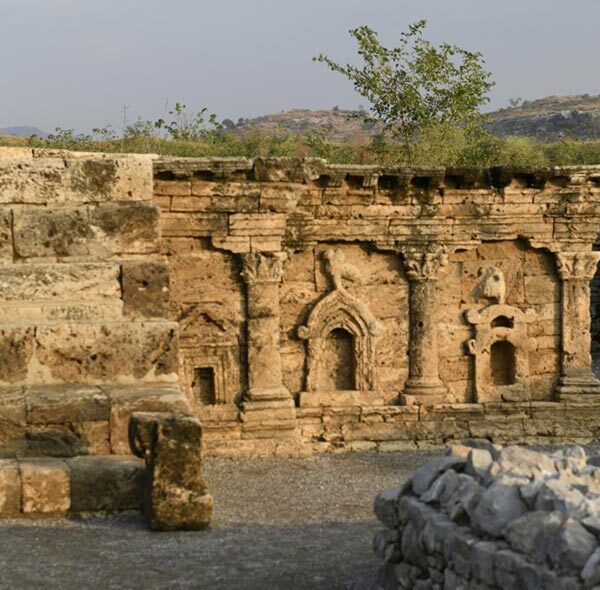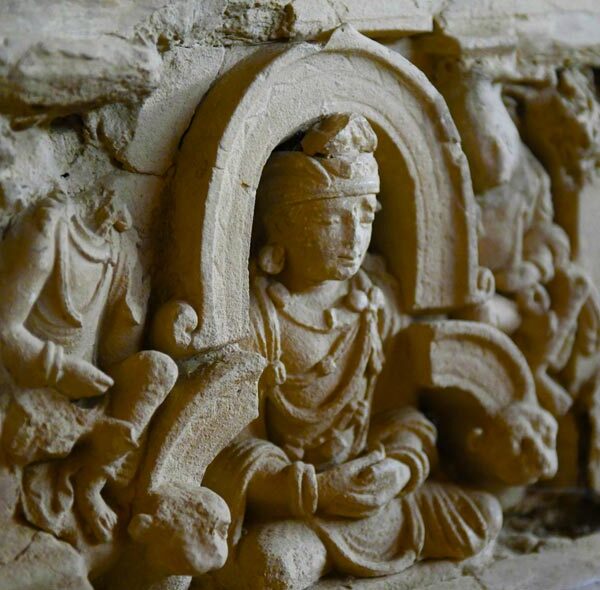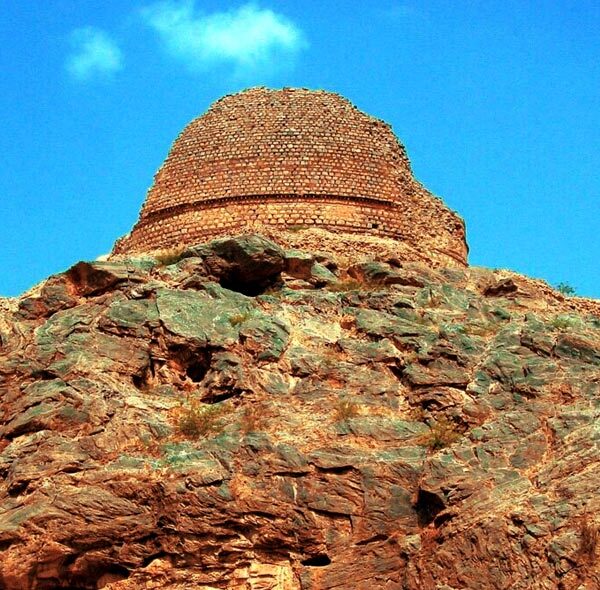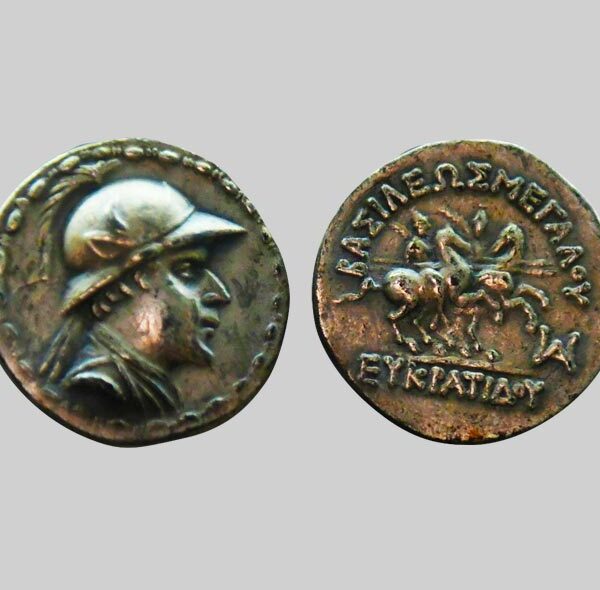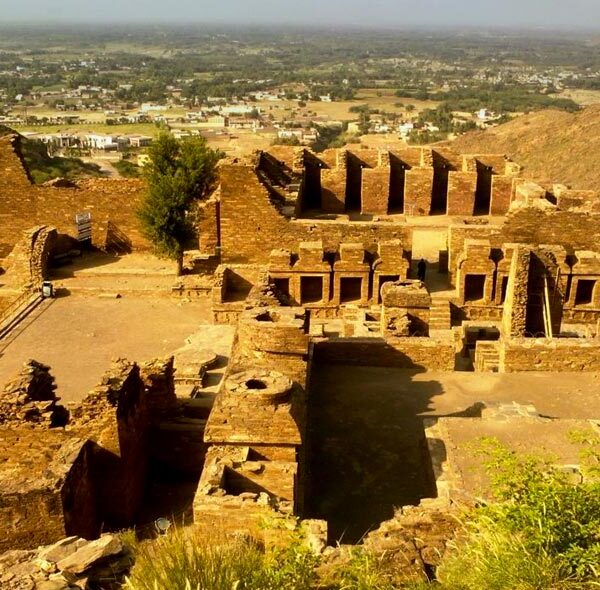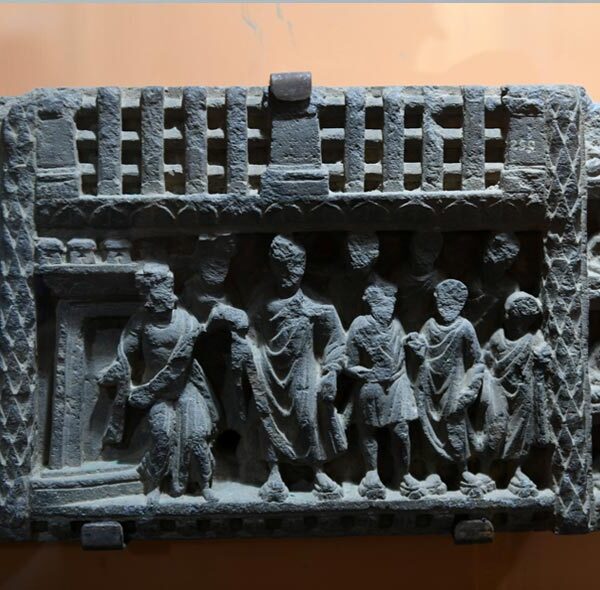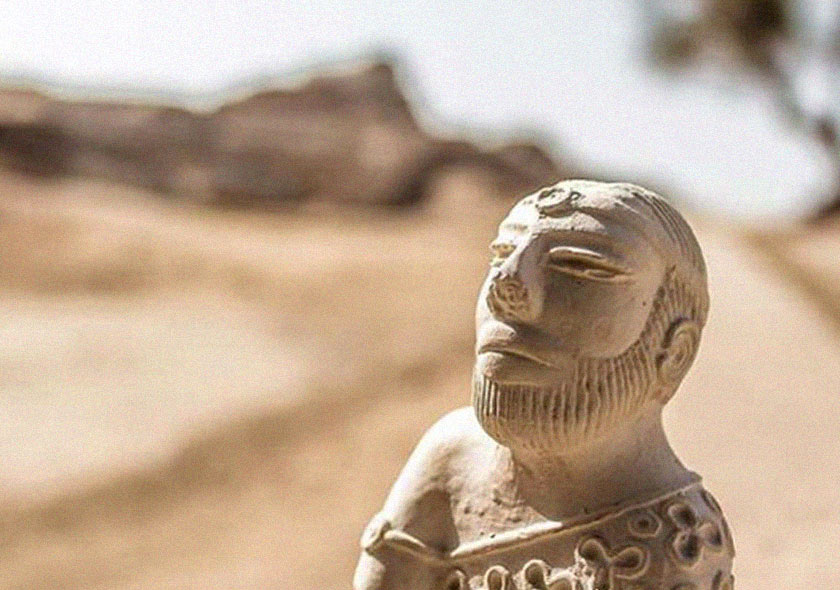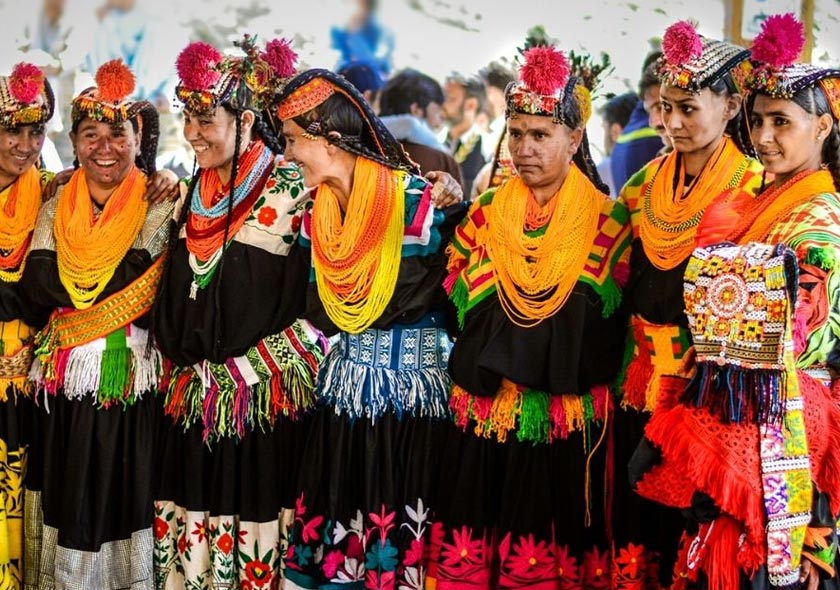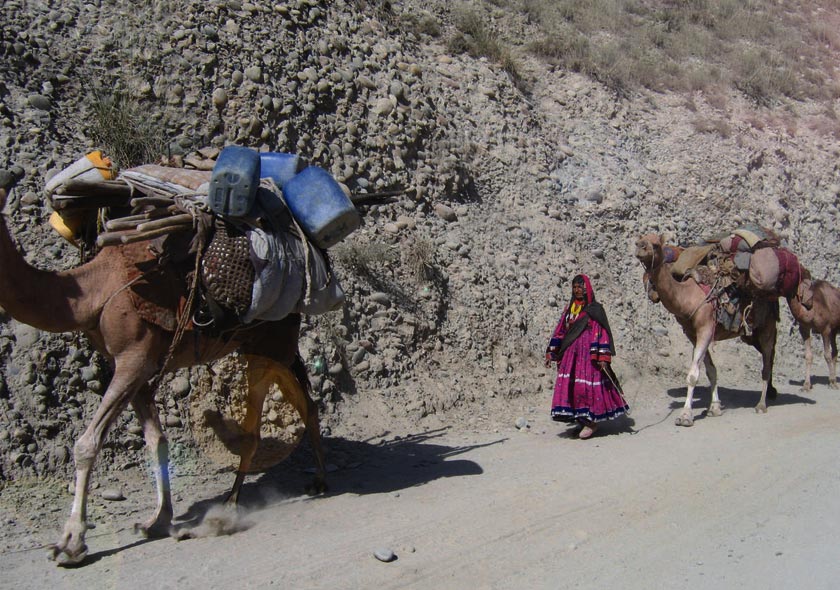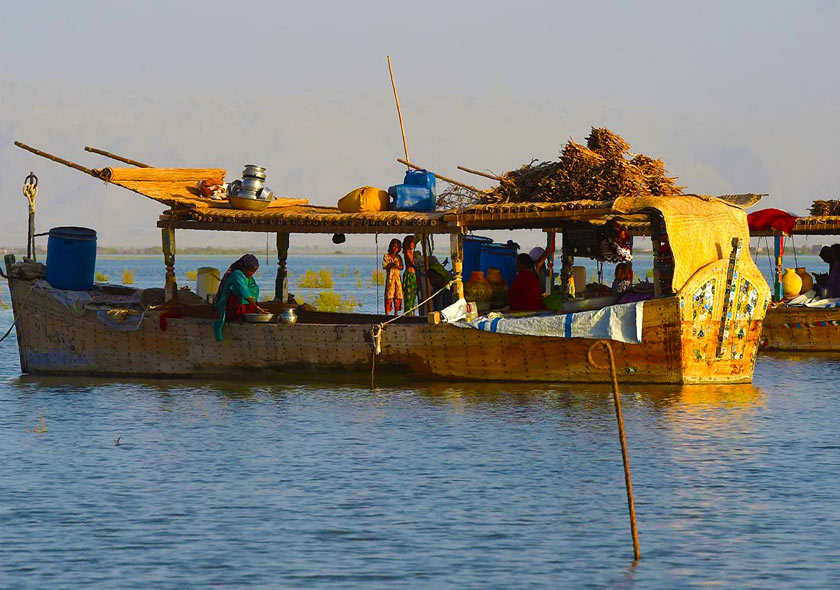Gandhara Civilization Tour | 4 Season
Duration Days
Overview
Gandhara was the name of a region located in the present northwestern part of Pakistan. In the north, it was extended into Swat valley while the valley of Peshawar was making its southern territories. In the west, it included Jalalabad in Afghanistan. River Indus including Taxila marked its eastern boundary line.
Ancient Gandhara is mentioned in Rig Veda 1500-1200 BC when the Aryan migrations happened in the region. It is also mentioned in Avesta as one of the most beautiful lands created by Ahura Mazda. It was part of the Achaemenian Empire in the 5th century BC, Darius the Great mentioned it as a subject nation. During the invasion of the Macedonian army led by Alexander the Great in 326 BC, asserted their claim over the lost provinces of the Achaemenian Empire.
Alexander the Great had left a huge territory which was inherited by his generals and one of them being Seleucus Nicator founded his own Seleucid Empire. After the consolidation of power in the western territories, Seleucus Nicator started waging war against the Mauryan emperor Chandragupta who had occupied territories beyond Indus. But the continuous failure of Seleucids to stop the Mauryan forces, made Seleucus Nicator, enter into an agreement with Chandragupta Maurya, with the Indus River marking as the boundary line between the two empires.
Gandhara came under the direct rule of the Seleucids in 312 BC – these were the times when Greek art and culture started to take place in the territories and beyond under the Seleucids. The later Seleucid King Antiochus Soter 280 BC, founded the city of Ai Khanoum in northern Afghanistan. These along with other cities under the control of Greeks became vibrant in their culture, affecting all the territories in their administration of which Gandhara was an important part.
People followed Zoroastrian and Hindu faith along with Greek mythology by people of Greek descent while Buddhism may have reached Gandhara in the 3rd BC. After the dismemberment of the Seleucid Empire, the Mauryan Empire expanded deeper into the territories held by the Seleucids. During the reign of Ashoka, the Great who came to Taxila in 230 BC then after attaining kingship and after his conversion to Buddhism he sent monks throughout his kingdom whereas Gandhara is concerned with saint Mahyantika, came to reorganize Buddhist monasteries. Also, it is said that Ashoka sent Buddha relics to Taxila and as well to Swat. After the death of Ashoka in 232 Mauryan Empire, gradually came to an end and divided among smaller rulers in Gandhara.
Around 180BC the colonizing Greeks from Bactria, commonly known as Indo-Bactrian Greeks expanded eastwards, occupied Gandhara, and promoted their culture which can be seen in the local sculpture. This turned out to be more of a mixed presentation where the sculptor’s identity is reflected in the work produced. The local sculptors who were involved in the production of theocratic artwork reflected their love of faith with the best execution of their masterpiece produced.
Like human anatomy plays a vital role in Greek or Roman work it also affected Gandharan sculpture which initially copied the Hellenic form and then transformed it into a more vernacular form. A Buddha image with an Apollonian face wearing Toga is soon to be seen with well-defined mustaches and elaborate jewelry aristocrat men wore in those days. The sandal was typically copied from a Hellenic sculpture. Then flying angels and Greek mythological elements have greatly been reflected in Indian interaction which successfully developed into a more realistic work to be known as Gandharan Art.
We see numerous monasteries throughout Gandhara formed factories producing great artwork which kept maturing with the passage of time. Gandhara Art enjoyed the patronage of the state and became an important propaganda tool for the local rulers who sent their masters to various lands. From Northern Pakistan to Afghanistan and into Central Asia, Buddhism flourished and traveled on the Great Silk Road as we can see the effects of Gandharan art as far as Longman Grottoes in China, Korea, and even Japan.
Peshawar Valley became the center of Buddhist art where the first anthropomorphic form of Buddha originated and during the reign of Kushan King Kanishka, Peshawar city boasted of having one of the greatest Buddhist Stupas as mentioned by Huen Tsang, the Chinese pilgrim who visited the site in 7th century AD. This was after the onslaught of White Huns with the devastating effect of ransacking and burning monasteries. He mentions the presence of hundreds of Buddhist stupas and monasteries throughout Gandhara and alone in Uddiyana (Swat Valley) there were more than fourteen hundred such religious establishments.
The grip on the Gandharan state had already weakened after the fall of Kushanas and the invasion of White Huns greatly disturbed the local culture. With the rise and fall of the Hindu Shahiya dynasty art and culture came to an end after the invading Muslim ruling class of mixed Persian and Turkic races occupied forcibly bringing an end to iconoclastic culture. Ghaznavids were responsible for the end of Hindu Shahi rule in Gandhara which started in the 4th AD till 873 AD. Afterward, local Buddhist and Hindu believers could not resist the continuous onslaught of Muslim invaders. The Hindushahi rulers tried their efforts to revive but the onslaught was so intense that in the absence of any help they could not resist and made their way into Kashmir. Gandhara by then had fallen into various fragmentary rules but finally came under the Muslim invasion by 1011AD.
If you have read this rather long preamble, you would understand why this region, rich in history and heritage, must be visited.
Give us a call and we will do the rest.
Itinerary
Day 01: Arrive Islamabad – Flt
Meeting on arrival at Islamabad International airport – assistance and transfer to your hotel Later in the day we shall take orientation tour of Islamabad – drive to prospect point of Shakerparian hills for a bird’s eye view of Islamabad – visit Museum of Folk Heritage, drive past the diplomatic enclave, Foreign office building, Supreme Court of Pakistan, the Parliament House, Presidential Palace and Civil Secretariat offices buildings. Then drive to Margalla Road, make a short visiting stop at Saidpur village – how once villages used to be in Islamabad.
Proceed to visit the beautiful Faisal Mosque with its towering minarets in modern Islamic Architecture. We shall then drive to the busy markets of the capital. o/n
Day 02: Islamabad – Taxila – Peshawar – 165 kms
Shall start off by visiting Taxila, once eastern most extension of Gandhara whereas River Indus has been always mentioned as its eastern boundary line but in later years Gandhara did get extended to Taxila. We shall do an extensive visit of Taxila starting with the first city of Bhir mound 6th – 1st BC, later drive to Dharmarajika Stupa, then drive to the 2nd city site of Sirkap dating from 1st BC – 2nd AD – we shall visit the town plan and the shrine of Double Headed Eagle also the related sites. Later continue and visit the site of Jaulian Buddhist monastery ruins situated on hillside – this is very well preserved site with most parts of votive stupas. We shall then continue to yet another monastery ruins of Mohra Moradu with well preserved stupa in a cell. Third city site of Taxila is under a living village however we can still see the wall of the city created during the Kushan period 2nd AD. Proceed to yet another interesting site of Jandial. Temple 1st BC from Greco-Bactrian period is said to be a Greek temple under debate. Afternoon we shall dedicate to the visit of Taxila Museum – the building is very well designed site museum opened in 1918 under auspicious Sir John Marshall. The Museum displays some very interesting collection with statues in stone and stucco dating from 1st AD to 5th AD. Also see a large collection of Jewelry, coins and some expensive utensils. There is a large collection of house hold and toys.. Later we shall continue our drive to Peshawar on Grand Trunk Road till River Indus making a stop at Akbar’s Fort 1581 situated on the banks of river Indus. On arrival transfer to your hotel. o/n.
Taxila:
Taxila as was known to ancient world as Takshasila was an important country situated on the cross roads of old trade routes to western Asia, eastern India and to the north a road leading to Kashmir. It was part of the Achaemenian Empire from 6th BC to 3rd BC, when Alexander the Great led his Macedonian army crossing river Indus was received by the king of Taxila Raja Ambhi or Omphis with a large tribute of horses and elephants submitting to Alexander the Great in the hope of garnering support for his arch enemy Raja Porus. Alexander the Great spent some interesting moments in the first city of Taxila and had interaction with local Sadhus considered to be the people of wisdom. Taxila was then under the control of Mauryas and it si said that during Ashoka’s rule Taxila was an important western part of his empire. He is said to have shared Buddha’s relics after he had ordered opening of the eight ancient stupas and redistributed the same throughout his kingdom. It is believed that Dharmarajika stupa is the probable site which might have received the holy relics, unfortunately might have lost to the treasure hunters as when the main stupa was visited it had already had a gash in the top.
Taxila was part of Bactrian Greeks, then Parthians under King Gondophares had peaceful period and he is said to have a discussion with St. Thomas the apostle and some say the Parthian king was converted to Christianity. During Kushana period third city was constructed however the site still remains under a living village. Most of the monastery construction happened during Kushan period and also numerous stupas were erected. The fall of Kushans is greatly due to the invasion of Huns in 5th AD, ransacking and destruction of cities and monasteries. There was a brief period of revival by KIdara Kushans or the little Kushans but this was a lame effort and Taxila soon submerged into neglect after the invasion of Muslim rulers.it was lost in history.
Day 03: Peshawar
Full day sightseeing tour of Peshawar – we shall visit Peshawar Museum known for its huge collection of Gandharan Art well arranged with episode of Buddha’s life in stone sculpture. After spending a good deal of time at the museum we shall start on the tour of Peshawar city. We shall visit traditional streets of Peshawar - Qissa Khawani or story tellers street, the coper street, then walk to spice street, the cloth market, shoe bazaar, fruit and vegetable market is very interesting and colorful. We shall then proceed to Gold bazaar, the 1630 mosque of Mohabat Khan for a grand view we shall climb up an old building. Today we shall also visit 19th century houses of the rich families
o/n
Peshawar Museum:
One of the best museum for the collection of Gandharan sculpture – Peshawar Museum is housed in a building constructed in 1907 as Queen Victoria Memorial Hall and is constructed in Victorian and local architecture the building was meant for housing antiquities. Some of the renowned archaeologists were heading this prestigious museum like Sir Aurel Stein, Hargreaves Dr Spooner and many reputed ones. Museum is mainly dedicated to Gandharan sculpture mostly in grey, blue and green schist commonly seen in stone sculpture of Gandhara. Of recent another large collection has been added to the museum which has made it into an important museum of the region. Among the rich collection are friezes depicting the life story of Buddha and later of various episodes of his life in stone making it as one of the largest animated gallery in stone. Of the prized collections the best is the King Kanishka’s reliquary casket in bronze was once containing bone ashes of Buddha. These ashes were presented as humble gift from Gandhara for the people of Burma during the days of war with Japan. The two seals are still there in the casket which once was housed in a large Stupa constructed by King Kanishka in the outskirts of Peshawar. This stupa has been mentioned by Huen Tsang in 7th century while on pilgrimage tour however that was the decadent period of Gandhara.
Peshawar:
One of the oldest living cities of Pakistan, Peshawar was once a popular caravan town and had a population comprising Central Asians, Persians and Kurds whose descendants still live in the old parts of the city though majority of them have moved out to modern locations elsewhere in the country.
Peshawar though has changed a lot and its old buildings are being replaced by modern structures but still the local administration is trying its best to maintain its rich heritage. One of the main purposes of Ahu Travel is to explore and promote old heritage sites and bring to light an urgent need for conservation of old buildings. Peshawar city character was its bazaars and Qissa Khawani “the story tellers street”where the caravaneers would come out in the evening visiting some of the traditional ‘bala khanas’ or the high houses where professional entertainers performed songs with traditional music. They also acted as providers of the latest travel conditions and information for their guests. These houses are now in dilapidated condition and need urgent care and restoration to keep the heritage alive.
Day 04: Peshawar – Khyber Pass – Peshawar
Today we shall take an excursion to Khyber Pass – we shall make few stops at important sites We shall be proceeding to the last point of Torkham view point On return we shall try to visit Khyber Rifles Mess (subject to permission). Afternoon free at leisure. o/n
Khyber Pass:
The historic gateway to Indian subcontinent, Khyber Pass was the thoroughfare for migrations and invasions. These migrations like some of the Aryan tribes might have passed through this passage as early as 1400 BC then ruling or invading armies of Persians, a section of Macedonian army also used this passage. When the caravan movements started this became a popular way as it was the shortest and easier way of travel. The Afghan ruling forces, Turkish armies, the Mongols, then their ancestors, Tamerlane‘s armies and later his descendants the Great Mughals used this pass strengthening and regulating the passage we can still see part of this road constructed by Akbar the Great in 16th century. After the fall of Mughals, Sikh armies used the passage for control of raiding tribes from Kabul. Later when the British completed their control of India in 1890s they were always worried about protection of their richest colony of India from the west. In 1880s they had grown a phobia of invasion by the Czarist forces. The Russians were busy controlling Turkestan which had small stately ruling classes called Khanates. By negotiations and fighting off rebellion they were able to maintain some control under local autonomy. On the other hand British had started working on complete control of their western borders where the had to fight three Afghan Wars. Khyber Pass remains as the bastion of security for Pakistan and a potential trade route from the west to east.
Talking of Buddhist periods, Khyber Pass was an important route for going to Afghanistan and there are several places in the pass testifying its importance. The signs of several stupas could be seen until recently but most of these structures were destroyed by the iconoclastic folks.
Though the beautiful Ali Masjid stupa is no more but couple of them like Sphola and the other close to Ali Masjid passage perched on a hill is still there. All these places were robbed of their interned caskets or other objects.
The long trains of caravans are gone but their routes still stand witness to great trading and migratory activity once this place had seen in the past is now part of our history.
Day 05: Peshawar – Charsadda – Takht-i-Bhai – 170 kms
This morning we shall be driving upto the Swat valley – enroute we shall make our first stop at Charsadda.


